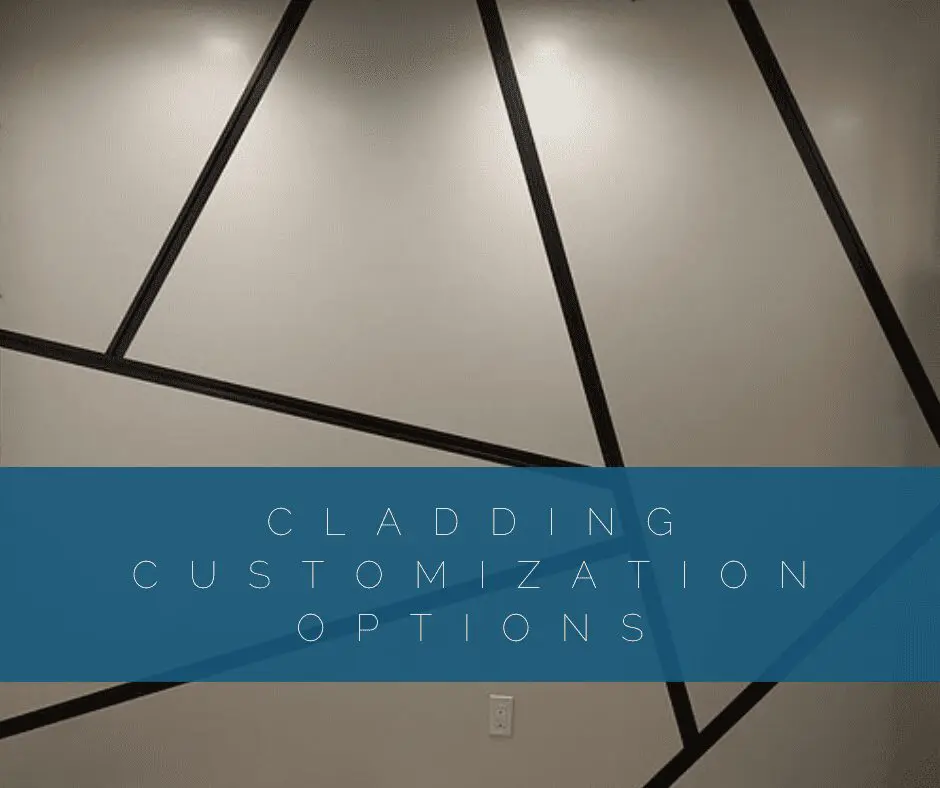As of 2020, the building sector accounted for 38% of all energy-related CO2 emissions globally, leading many involved in this sector to demand a move towards more sustainable materials and more environmentally friendly practices. As a result, the building sector has become a pivotal player in reducing greenhouse gas emissions and meeting global climate change targets.
The green building industry has come a long way in the past few years as new global policies are adopted to move away from fossil fuels and push for net-zero carbon. Emerging from these policies are the mainstream concepts of sustainable design and construction practices as people look to invest in buildings where they’ll live and work for decades to come.
Fortunately, architects, designers, and builders have made massive strides in the last decade to reduce the impacts that lead to climate change, but the journey has just begun. With new ways of thinking and innovative materials, it’s possible that a future can be built that is healthy, prosperous, and sustainable while preserving natural resources.

Making Eco-Friendly Developments More Affordable
Consumers have a growing desire for greener homes, with sustainability becoming a top priority. It’s not a luxury; it’s a necessity. But unfortunately, most people become deterred by the higher cost of eco-friendly building materials.
So, companies will need to step up and help by removing barriers and opening up access to new technologies moving forward. Government agencies must also look into implementing new regulations and measures.
Just as consumers are pushing for more environmentally friendly building options, lenders are waking up to sustainable development, and green finance is becoming the norm. However, while green finance has been available for some time, the question is whether developers have been taking advantage of it. Even though many developers are currently aware of the opportunities of this specific type of funding, banks are not seeing a significant uptake in green loans.
As developers become increasingly aware of the opportunities associated with sustainability and lenders begin to understand their need to support sustainable development, we could also see a rise in incentives for developers.

Protecting Structures Against Extreme Weather
Severe weather is a reality that communities worldwide are starting to face more frequently. With the effects of climate change growing more extreme, it’s becoming increasingly important to implement preventative measures in our buildings and structures.
All over the world, communities are building new structures or renovating old ones for better protection against turbulent weather. This includes everything from natural disasters, like earthquakes and floods, to inclement weather like blizzards or hurricanes. These projects require careful planning and execution from civil engineers and architects alike, utilizing more durable, sustainable building material alternatives.
Building a Sustainable Future
Wood siding is hard to beat, but it’s not without drawbacks. As wood degrades, mold and mildew take over, it can lower the long-term resale value of a building. Aluminum plank siding provides better peace of mind.
FastPlank’s exclusive aluminum woodgrain siding system is a cost-effective and environmentally-friendly choice with many benefits compared to wood siding. For example, it’s easy to install, is naturally fire-resistant, won’t warp, split, or buckle, and is naturally resistant to weather-related damage such as rain and hail. In addition, its strong, durable design is protected by the industry’s best UV protection, ensuring that it retains its finish even after many years of exposure to the elements. Plus, with various woodgrain finishes available, it can be matched to a variety of fiber cement or aluminum composite material palettes and is backed by a 50-year product and a 20-year finish warranty.
Aluminum is one of the most sustainable building material choices for strength and durability. In addition to being 100% recyclable, it is strong, light, and energy-efficient. As a result, nearly 75% of all aluminum produced is still used today. Weighing up to 65% less than steel, its high strength-to-weight ratio makes it an excellent material when developing structures to withstand severe weather. In addition to those fantastic benefits, coated aluminum can reflect nearly 95% of solar energy—making a building more energy-efficient than steel or iron and potentially assisting with the lowering of a city’s average temperature.

It’s undeniable that green building and sustainable construction have a long way to go before reaching their full potential. But at the same time, it’s worth celebrating all of the progress made in recent years. The future of sustainable development is bright, and there are still plenty of opportunities for improvement. Whether an architect, builder, policymaker, or someone off the street, something can be done daily to help create a sustainable future for future generations.
While being eco-friendly doesn’t mean boring, the best way to make a space greener is to keep it simple and pair unconventional materials with classic ones. FastPlank Systems offers a complete 4’s and 6’s V-NotchTM woodgrain aluminum siding system for single-family homes, multi-family developments, and commercial buildings. So, a project can receive the strength and sustainability of aluminum with a natural woodgrain look. At Engage Building Products, we provide high-quality, sustainable exterior aluminum building products that enhance your projects’ beauty and sustainability. Contact one of our expert representatives in your area today to see how our team can bring your green building project to life.










